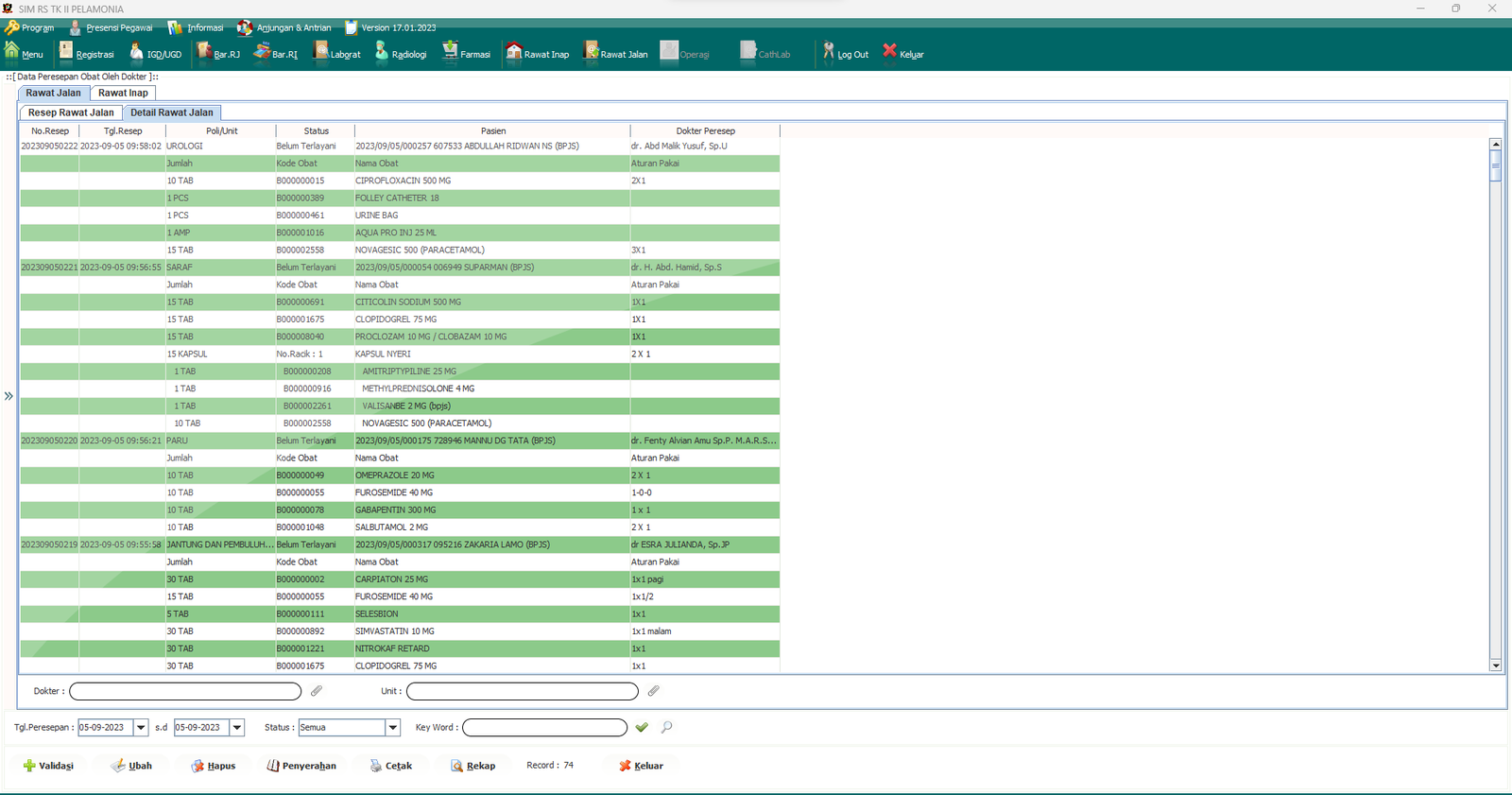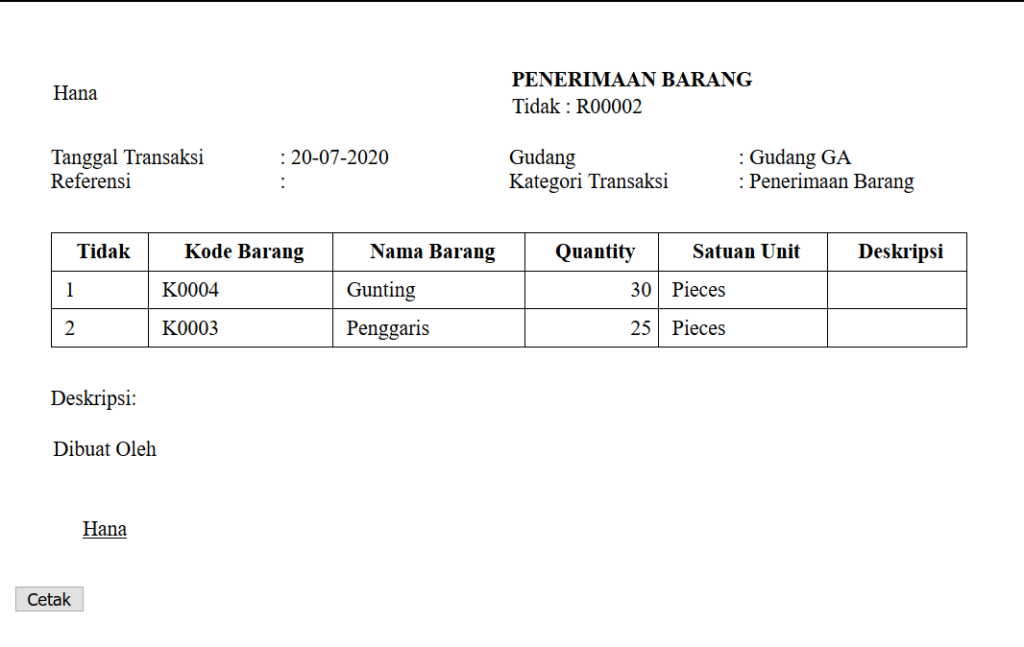My Receipt
My receipt, a seemingly mundane piece of paper, holds the key to unlocking a world of information about your purchases. It’s not just a record of what you bought, but a powerful tool for consumer protection, financial tracking, and even dispute resolution.
Whether you’re a seasoned shopper or a digital native, understanding the ins and outs of receipts can save you time, money, and headaches.
From the essential information it contains to the various types of receipts available, we’ll explore the multifaceted world of receipts and uncover their hidden potential. We’ll delve into the importance of storing receipts properly, address common receipt disputes, and discuss the evolving landscape of receipt technology.
The Importance of Receipts

Receipts, those seemingly mundane pieces of paper we often toss aside, play a crucial role in our financial lives. They serve as proof of purchase, providing legal and financial protection for both consumers and businesses. Understanding the importance of receipts and how to use them effectively can help you navigate everyday transactions and protect your interests.
Legal and Financial Implications, My receipt
Receipts hold significant legal and financial implications. In a legal dispute, a receipt can be presented as evidence of a transaction, proving the date, time, location, and details of the purchase. This can be crucial in cases of warranty claims, returns, refunds, or even disputes over payment.
From a financial perspective, receipts are essential for tracking expenses, budgeting, and managing finances. They provide a detailed record of your spending, allowing you to identify areas where you might be overspending and make adjustments to your budget. Receipts can also be used for tax purposes, as they provide documentation for deductible expenses.
Consumer Protection
Receipts are a vital tool for consumer protection. They provide proof of purchase, which can be used to enforce warranties, request returns or refunds, and dispute incorrect charges. In cases of defective products or faulty services, a receipt can be used to demonstrate the date of purchase and the terms of the warranty, ensuring that you receive the appropriate compensation or replacement.
Examples of Receipt Usage
- Returns and Refunds:If you need to return an item, a receipt is typically required to process the return and issue a refund. The receipt provides proof of purchase and allows the merchant to verify the purchase details.
- Warranty Claims:When claiming a warranty on a defective product, a receipt is essential to prove the date of purchase and the validity of the warranty. The receipt may also include warranty information, such as the duration of the warranty and the terms and conditions.
- Price Disputes:If you believe you were charged an incorrect price, a receipt can be used to verify the actual price of the item. If there is a discrepancy, you can use the receipt to dispute the charge and request a correction.
Types of Receipts
Receipts come in various formats, each with its own advantages and disadvantages. Understanding the different types of receipts can help you choose the most appropriate option for your needs.
Comparison of Receipt Types
| Type | Description | Benefits | Drawbacks |
|---|---|---|---|
| Paper Receipt | Traditional receipt printed on paper. | Easy to read and understand, readily available. | Can be easily lost or damaged, takes up physical space. |
| Digital Receipt | Receipt sent electronically to your email or mobile device. | Convenient, saves paper, accessible anytime. | May require internet access to view, can be lost in email clutter. |
| E-Receipt | Electronic receipt stored in a digital wallet or receipt tracking app. | Organized, searchable, easily accessible. | Requires using specific apps or services, may not be accepted by all merchants. |
Common Receipt Formats
- Itemized Receipt:Lists each item purchased with its individual price and quantity. This format is ideal for tracking expenses and verifying the accuracy of charges.
- Summary Receipt:Provides a summary of the total purchase amount without listing individual items. This format is common for small purchases or transactions with a limited number of items.
- Tax Receipt:Issued for purchases that are subject to sales tax. This receipt typically includes the total purchase amount, the sales tax rate, and the amount of tax paid.
Receipt Information
Receipts contain essential information that provides details about the transaction. Understanding the purpose of each piece of information can help you use receipts effectively and avoid potential issues.
Essential Receipt Information
- Date and Time:Indicates when the transaction occurred, crucial for tracking expenses and verifying purchase dates.
- Location:Identifies the store or business where the purchase was made, helpful for locating the merchant or resolving disputes.
- Itemized List:Lists each item purchased with its price and quantity, essential for verifying the accuracy of charges and tracking expenses.
- Total Amount:Shows the final amount paid for the purchase, important for verifying the correct amount charged and reconciling transactions.
- Payment Method:Indicates how the purchase was paid, useful for tracking spending and reconciling transactions.
- Signature:Typically required for credit card transactions, provides proof of authorization and can be used to dispute unauthorized charges.
Using Receipt Information
Both consumers and businesses benefit from the information on receipts. Consumers can use receipts to track expenses, budget effectively, and resolve disputes. Businesses rely on receipts to record transactions, manage inventory, and track sales data.
Storing Receipts
Proper receipt storage is crucial for maintaining financial records, resolving disputes, and accessing important information when needed. Different methods offer varying levels of convenience and security, allowing you to choose the approach that best suits your needs.
Receipt Storage Methods
- Physical Storage:Keeping receipts in a designated folder, binder, or file cabinet. This method provides a tangible record but requires physical space and can be prone to loss or damage.
- Digital Storage:Scanning receipts and saving them electronically on your computer, phone, or cloud storage service. This method offers convenience and accessibility but requires scanning equipment and may raise privacy concerns.
- Cloud Storage:Using cloud-based receipt tracking apps to store and organize receipts digitally. This method provides a secure and accessible platform but requires using a specific app and may involve subscription fees.
Tips for Organizing Receipts
- Use Folders or Binders:Categorize receipts by month, category, or merchant to facilitate easy retrieval.
- Label Receipts:Clearly label receipts with the date and purpose to prevent confusion and aid in searching.
- Receipt Tracking Apps:Utilize apps that automatically scan and store receipts, categorize them, and provide search functionality.
Receipt Disputes: My Receipt

Disputes over receipts can arise due to various reasons, such as incorrect pricing, missing items, or unauthorized charges. Understanding how to handle these disputes effectively can help you protect your rights and ensure fair treatment.
Common Receipt Disputes

- Incorrect Pricing:When you are charged a different price than what is listed on the receipt or displayed in the store.
- Missing Items:When you purchase items that are not included in the receipt or when items are missing from your order.
- Unauthorized Charges:When you are charged for items you did not purchase or when someone else uses your credit card without your authorization.
Resolving Receipt Disputes
- Contact the Merchant:Approach the merchant directly and explain the issue, presenting your receipt as evidence. They may be able to resolve the issue quickly and efficiently.
- File a Complaint:If the merchant is unable to resolve the issue, consider filing a complaint with the relevant consumer protection agency or regulatory body.
- Seek Legal Advice:For more complex disputes or if you are unable to reach a resolution with the merchant, consult a lawyer to explore legal options.
Receipts as Evidence
Receipts play a crucial role in proving purchases and supporting claims in disputes. They provide tangible evidence of the transaction, including the date, time, location, items purchased, and the amount paid. This information can be used to substantiate your claims and negotiate a fair resolution.
Receipt Security
Receipts, particularly those containing personal information, can be vulnerable to security risks such as identity theft or fraud. It is essential to take precautions to protect your receipts and prevent unauthorized access to sensitive data.
Potential Risks
- Identity Theft:Sharing receipts containing personal information, such as credit card numbers or social security numbers, can increase the risk of identity theft.
- Fraud:Unauthorized access to receipts can allow individuals to make fraudulent purchases or use your personal information for illegal activities.
Protecting Receipts
- Shred Sensitive Information:Shred receipts containing personal information, such as credit card numbers or account details, before discarding them.
- Secure Storage:Store receipts in a safe and secure location, such as a locked drawer or file cabinet, to prevent unauthorized access.
- Avoid Sharing Receipts:Do not share receipts containing personal information with strangers or post them online.
Receipt Scams and Phishing Attempts

Be aware of receipt scams and phishing attempts, where individuals may try to trick you into providing personal information or clicking on malicious links disguised as receipts. Verify the authenticity of any receipt you receive and never provide sensitive information through unsolicited emails or phone calls.
The Future of Receipts
Technology is rapidly changing the way we interact with receipts. Digital receipts, mobile payments, and receipt tracking apps are transforming the traditional paper-based system, offering greater convenience, efficiency, and security.
Emerging Trends
- Digital Receipts:Increasing adoption of electronic receipts sent to email or mobile devices, reducing paper waste and offering greater accessibility.
- Mobile Payments:The rise of mobile payment platforms like Apple Pay and Google Pay, eliminating the need for physical receipts and streamlining transactions.
- Receipt Tracking Apps:Apps that automatically scan and store receipts, categorize them, and provide search functionality, simplifying expense tracking and organization.
Impact of Technology
These technologies are transforming the way receipts are created, stored, and used. Digital receipts are reducing paper consumption and offering greater convenience, while mobile payments are streamlining transactions and eliminating the need for physical receipts. Receipt tracking apps are simplifying expense management and providing valuable insights into spending habits.
Vision for the Future
In the future, receipts are likely to become even more integrated into our digital lives. We can expect to see the development of more sophisticated receipt tracking apps with advanced features, such as automated expense categorization, budgeting tools, and integration with financial management platforms.
The future of receipts holds exciting possibilities for improving efficiency, convenience, and security in our financial transactions.
Final Thoughts
In today’s digital age, receipts are evolving alongside us. While physical receipts still hold their place, the rise of digital receipts and mobile payments is transforming the way we track our purchases. By embracing these advancements and understanding the value of receipts, we can navigate the world of consumerism with greater confidence and clarity.
So, the next time you reach for that receipt, remember that it’s not just a piece of paper, but a powerful tool that can empower you as a consumer.
Post a Comment for "My Receipt"